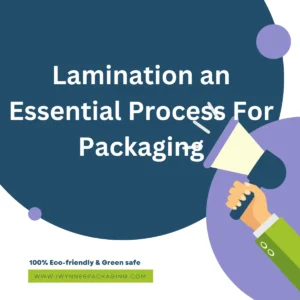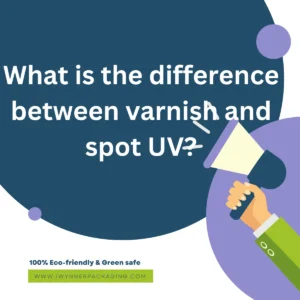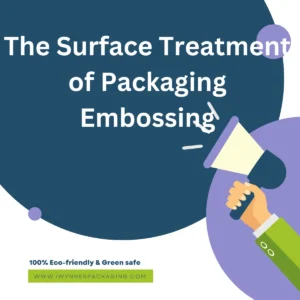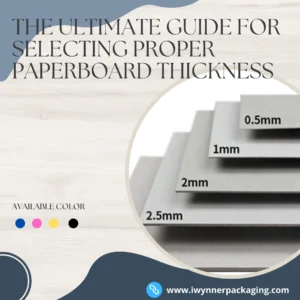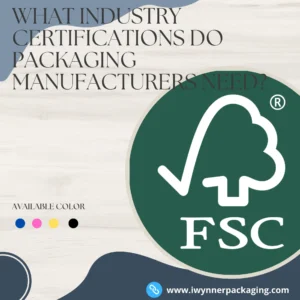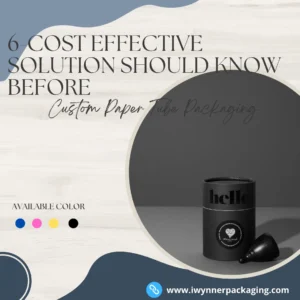Due to growing global plastic pollution, many wholesalers and e-commerce companies are turning to eco-friendly packaging solutions. Eco-packaging has also caught the attention of consumers who are well aware of the damaging effects of plastic waste.
What is eco-friendly packaging?
Eco-friendly packaging is any packaging that is easily recyclable, safe for individuals and the environment, and made from recycled materials.
It uses materials and manufacturing methods that have minimal impact on energy consumption and natural resources. It is also known as sustainable or green packaging.
The environmental impact of disposable plastics does not begin and end with waste disposal. Most consumers are aware that it is only the final stage of the process.
A certain type of packaging can have a serious environmental impact at every stage of its production, from raw material procurement, manufacturing, transportation, and destination to its disposal.
Plastic pollution is growing at an alarming rate and the industry needs to reduce or even completely eliminate the use of plastic. So packaging manufacturers and companies can play a huge role in putting together environmentally friendly packaging projects.
It is reported that the average Australian uses 130 kilograms of plastic per person per year. Up to 130,000 tonnes of plastic could end up in our waterways and into our oceans.
If we don’t do something about it, this plastic pollution could threaten our marine wildlife and contaminate our food chain. Switching to eco-packaging is the most viable solution to minimizing this problem.

Why does this packaging method benefit our entire planet?
- People and communities can count on it throughout their entire life. Span to be safe and healthy.
- It is made from healthy materials
- A renewable energy source is used to source, manufacture, transport, and recycle it.
- Sustainable packaging passes market standards for cost and performance
- Packaging that is biodegradable and energy-efficient is called eco-packaging
- Recycled or renewable resources are optimized
- It uses clean production techniques and ethical practices to manufacture eco-packaged goods
- It is recycled and used in a closed-loop biological and/or industrial.
Adopting an ecological philosophy and translating it into your packaging design can also be beneficial to your brand. One study showed that sustainable packaging can help brand owners increase net sales by about 2 to 4 percent.
Which packaging material is more environmentally friendly?
There are many alternative packaging solutions that are biodegradable and recyclable. The following are examples of the most common naturally decomposing packaging.
- Paper- This is a great packaging option because it is reusable, recyclable, biodegradable, and can be used for any purpose. Most of the paper packaging we see every day is made from recycled paper.
- Cardboard – Because of its sturdy form, cardboard is another great packaging alternative. Unlaminated cardboard breaks down easily.
- Cornstarch – Packaging “peanuts” (protective packaging used to hold fragile items in place) can be made from corn or vegetable starch materials. This type of packaging can be used instead of plastic foam packaging. Packing peanuts made of starch are completely biodegradable.
- Bagasse paper – This packaging material is made from the pressed juice of sugarcane fiber pulp. Bagasse paper is often used as an alternative to traditional paper packaging in foodservice.
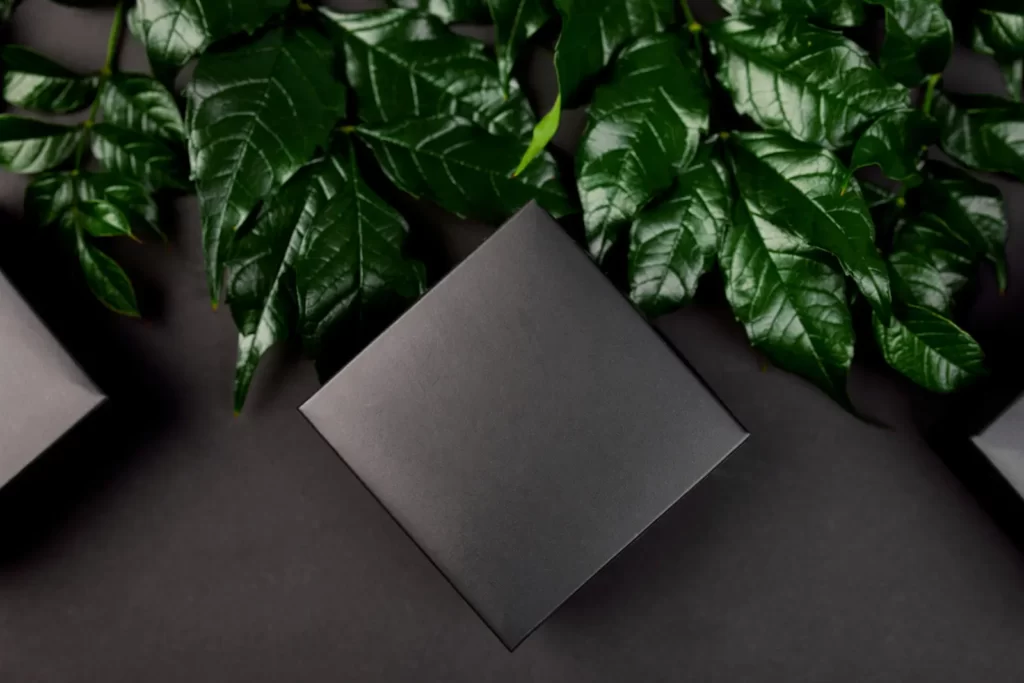
Green Packaging Ideas
There are more ways you can explore when you turn to green packaging. Here are some eco-friendly packaging ideas you may want to consider.
- Eco-Bag Packaging
Perhaps you are a coffee company that uses plastic bags as a container for your locally sourced coffee beans. If you are looking for a more eco-friendly option, try using eco bags as an alternative. This simple and customizable eco-friendly bag is made from renewable wood pulp starch. The amazing thing about this packaging solution is that it can be turned into compostable material in 85 days!
- Canvas Tote Bag
If you plan to permanently ban plastic bags from your business, tote bags are a great eco solution. Replace traditional plastic bags with burlap bags. It is a woven fabric made from jute plant bark and plant fibers. The strong and durable burlap bag can be used to hold large items. It is also ideal as a shopping bag. This non-plastic eco-friendly tote bag can be customized with your brand logo.
- Eco-friendly box packaging
If you use cardboard boxes for all your packaging needs, you’re already making a huge effort to reduce waste through your business. Just be sure to use boxes that are made from 100 percent recycled materials. If you need different types of cardboard boxes to protect your products well and make your customers look presentable.
- Eco Labels
No package is complete without an attractive label. But be aware that even small product labels can be wasteful. No matter where you attach it (on boxes, pouches, bottles, etc.), your product seal or label must be biodegradable, recyclable and/or compostable.

Combining packaging design and materials
Of course, eco-friendly materials are not the whole story of a great eco-package: a big part of it is the design. The effective design makes your product stand out from the competition and excites your customers.
For brick-and-mortar businesses, packaging design is critical because it will influence the initial interaction of potential customers with your product. People who see and learn about your product for the first time will form their first impression based on the appearance of your packaging.
Here is where your brand identity works its magic. It must be strong enough to connect with your customers and capture their attention. Developing a unique brand identity is critical to communicating your brand story and attracting consumer loyalty.
4 reasons why packaging design is beneficial to your product’s success.
- Customer appeal – Impressive packaging will entice potential customers to pick your product off the shelf and take it home. You want your packaging to attract people and make them curious about your brand.
- Branding – Make your brand identity tangible with an appropriate color palette, logo and design mark in your packaging. Your packaging must prominently display your company’s colors, fonts and logo to create an eye-catching brand statement. Consistent use of brand standards and guidelines will allow your audience to recognize you.
- Practicality – Well-thought-out packaging has its own function and purpose. Functional packaging protects your product and makes it easy to transport, collect and store. In addition, if your packaging demonstrates useful functionality to your customers, it becomes as important as your product.
- Information – Your packaging is your tool to better communicate relevant information about your product and your company. You need to design your packaging in a way that contains all the information your customers need to know before they buy your product.
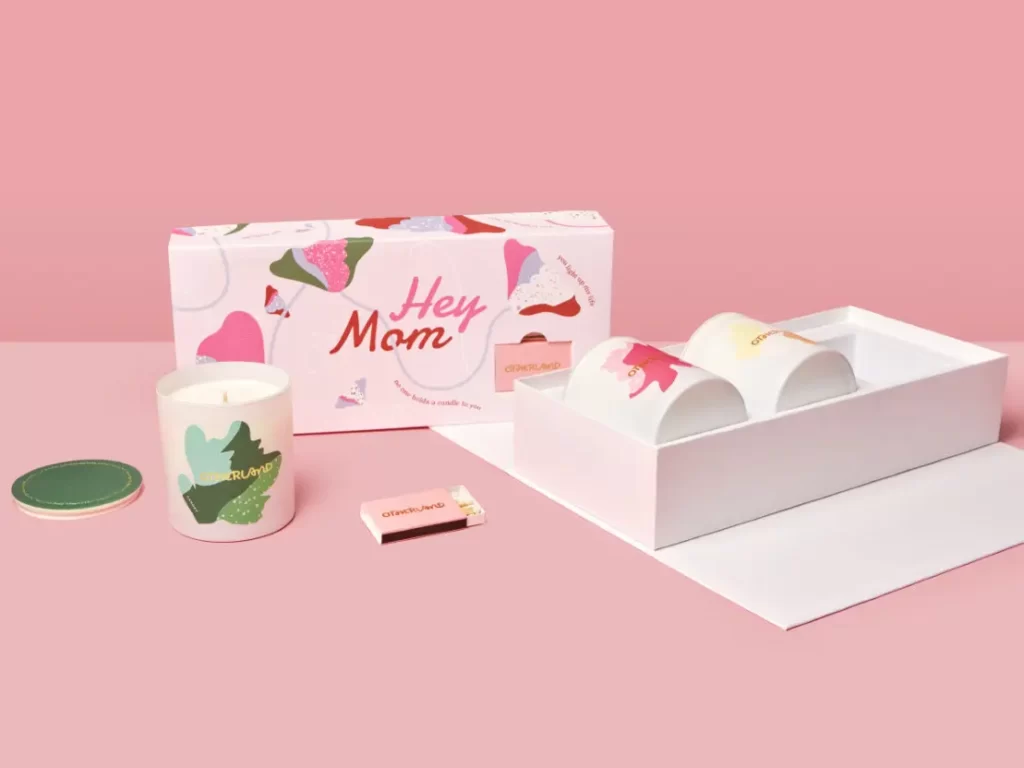
TIPS for you: Guideline to designing eco-friendly packaging
Now that you understand the nature of eco-friendly packaging and design, it’s time to create one for your award-winning product. Here are the steps involved in designing eco-friendly packaging.
1. Gather content materials.
Prepare all the content you need before you start designing. The materials you may need are as follows.
Copy – the text needed for the package. This includes your brand name and a compelling product description that will entice customers to buy.
Images – Identify the type of images you want your product to have.
Necessary markings – These may include nutritional information, industry markings and barcodes. These will depend on the standards imposed by your industry body.
Branding Requirements – Elements such as brand colors, fonts and logos are all important to creating a package look that is consistent with your brand identity and aesthetics.
2. Decide the number of layers of packaging
- Product packaging is divided into three layers: inner packaging, outer packaging and product packaging. Depending on the type of product you have, you may need one or all three.
- Inner packaging ensures that your product is secure and fits snugly. This can be thin paper or packing peanuts. It can also be a sealed bag designed to keep the product fresh.
- Your outer packaging is the first thing your customers will see. It protects your product from external elements. This can be the box in which the product is shipped, or the shopping bag used to hold items in your store.
- Product packaging is what your customers will remember your products by. It is the bag containing the coffee beans, the wrapper of a chocolate bar or the label on your clothes.
3. Select your package type
- Determining the best type of packaging for your product can be a difficult decision. Here are some factors to consider in your selection process.
- Packaging is always centered around the product at hand. If you sell any liquids, it can set limits to your choices.
- Competition- Choose a packaging material that sets you apart from other brands in your industry. But always consider what’s most convenient for your consumers to use. After all, your packaging affects the way people experience your brand. Make sure it is reusable or recyclable.
- Budget – Your packaging concept should fit into your budget. Consult with the packaging manufacturer to find a recyclable option that fits your budget and product requirements.

4. Define the core of the design
Create an information architecture where you focus on the one thing or message you want your customers to remember about your product.
You may receive great reviews from your target customers, an extraordinary tagline that reflects your company’s values, or a beautiful illustration that shows how to use your product.
But when buyers see your packaging, they will remember only one thing. What will that outlier be? This should be the main theme of your packaging design. Then make it the main theme they’ll notice when they choose your product (or visit your website).
Check out the following brands to see what is at the heart of their design: IKEA, Walmart, Coca-Cola, Mcdonalds
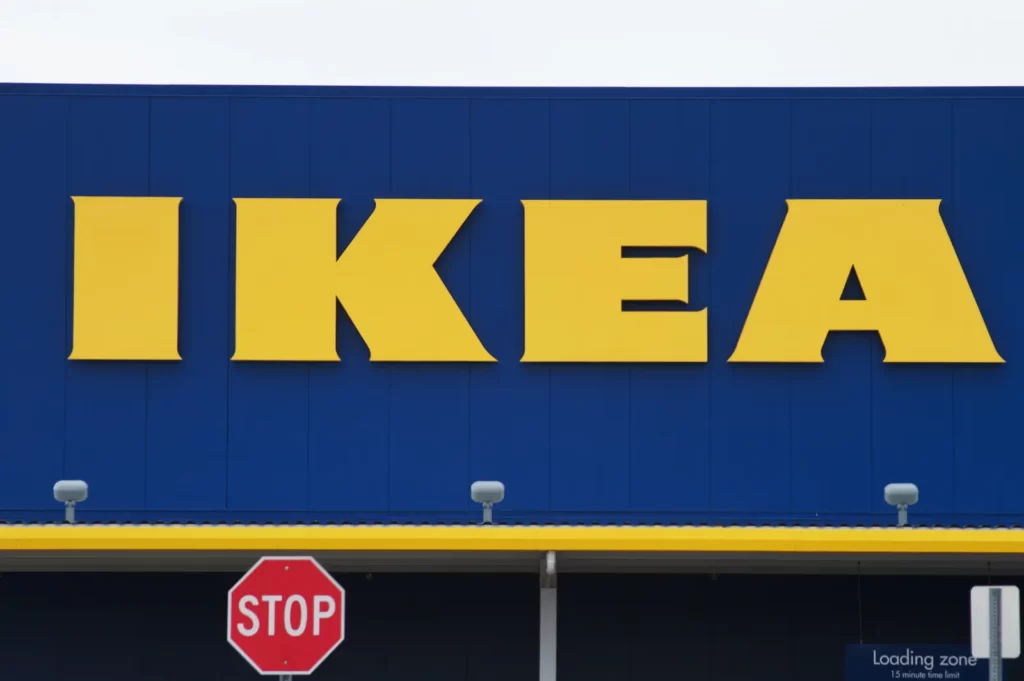

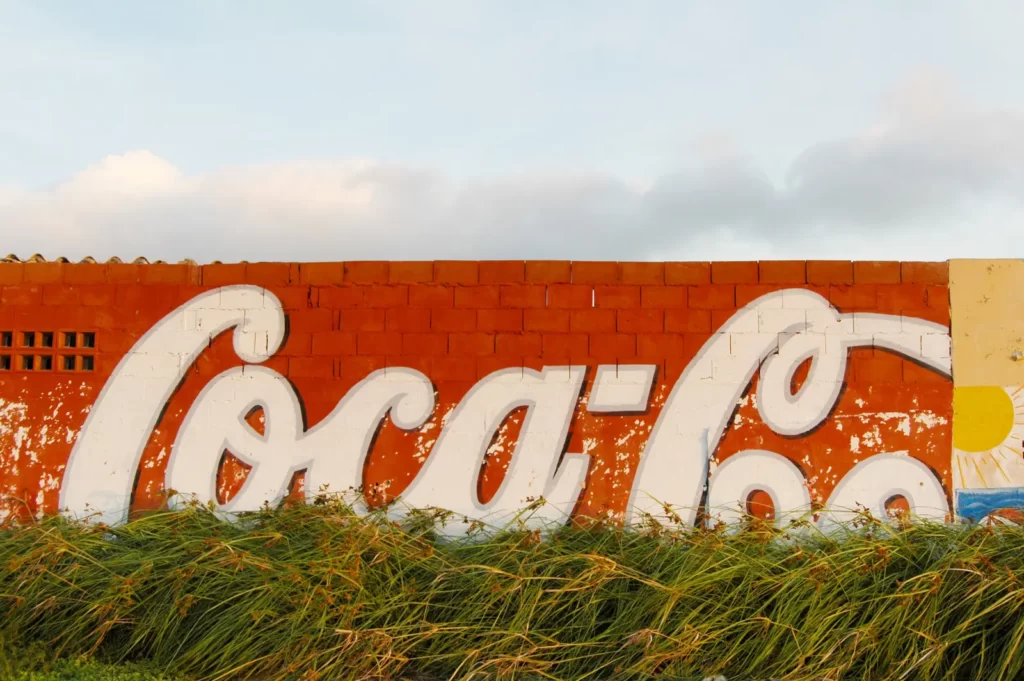
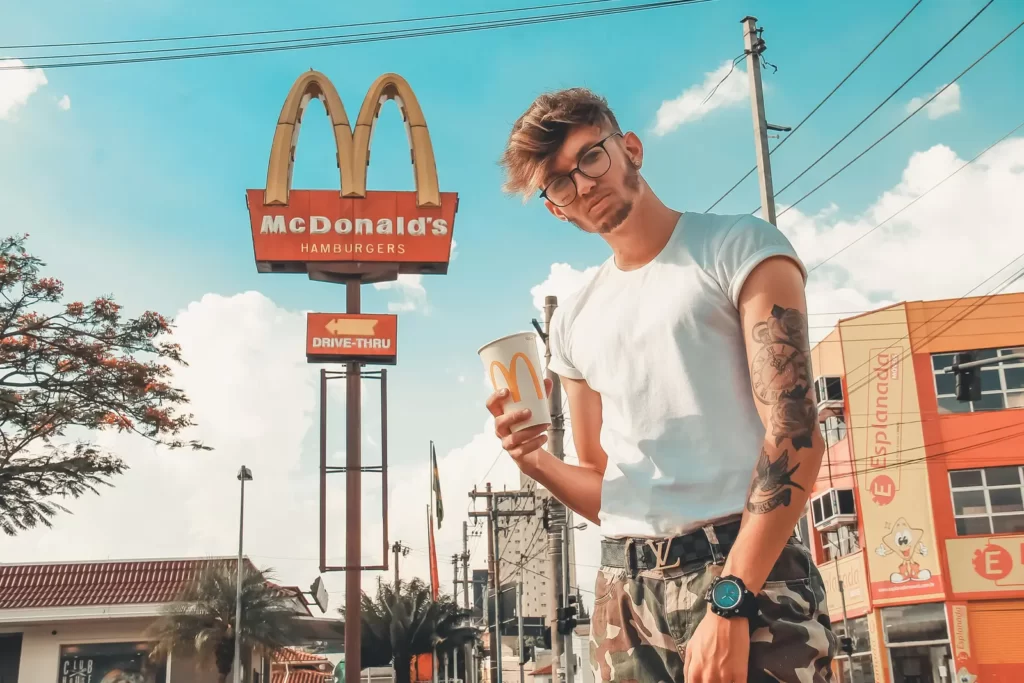
5. Evaluate your design
After coming up with your packaging design, the next thing you need to do is to evaluate its value and effectiveness. Consider these questions when evaluating.
- Does it clearly show what your product is? Your packaging should easily show what your product is and the customers it is trying to attract. An effective package should convey a clear message and stand out. Note that consumers are only willing to pay for products they understand the value of.
- Is your packaging an honest representation of your product? If you are going to display a photo of your product on your packaging, make sure the photo represents the actual product itself. If you show a picture of a cookie with a lot of chocolate chips on it, but there is actually only one chocolate chip on each cookie, you are potentially making a false promise to your customers.
- What will the package look like on the shelf? Shelf appearance is critical to the products you distribute and sell in your store. Some of the things you need to consider include.
- The visibility of the package as your products are arranged on the shelf. Make sure basic product details are front and center.
- The appearance of the products when stacked on top and next to each other.
- The appearance of your products when placed next to competitor brands. Consider how you can make your product stand out and get the most attention.
- How your product looks when placed next to a competitor’s brand. Consider how you can make your product stand out and get the most attention.
- How versatile is your design? This is important for brands that plan to offer new variants of their products in the future. You may currently have only one coffee product, but you may want to launch a line of tea products in the next few years. Can your design be easily repositioned or upgraded to accommodate product changes?

What advantages can packaging bring to your company’s business?
- Summary of advantages
- Increased sales potential due to improved brand perception and consumer perception
- Opportunity to gain unique brand positioning in specific markets
- Potential to increase sales among certain demographics
- Improved customer satisfaction through easier handling/recycling of packaging
- Cost reduction through minimized material usage
- Cost reduction through increased longevity/lifetime (e.g. recyclable containers in the supply chain)
- Reducing the organization’s carbon footprint
- Potential reduction in transportation costs by minimizing material/volume
- Potential savings in storage and warehouse requirements (depending on materials used)
What are the consumer behaviors and needs for packaging sustainability?
While “environmental certification” for many companies is often nothing more than a marketing ploy (partly because there are so many different recycling logos on the packaging), there are many facts and figures from studies that show the impact this can have on sales and brand recognition.
With this in mind, if your business takes a proactive stance in moving to sustainable packaging, it can provide you with a competitive advantage and even open up potential new target consumers/markets.
For many businesses, achieving true sustainability makes economic and environmental sense.
Regardless of the sustainability of packaging, there is strong evidence to support a general shift in consumer behavior and demand for sustainable packaging.
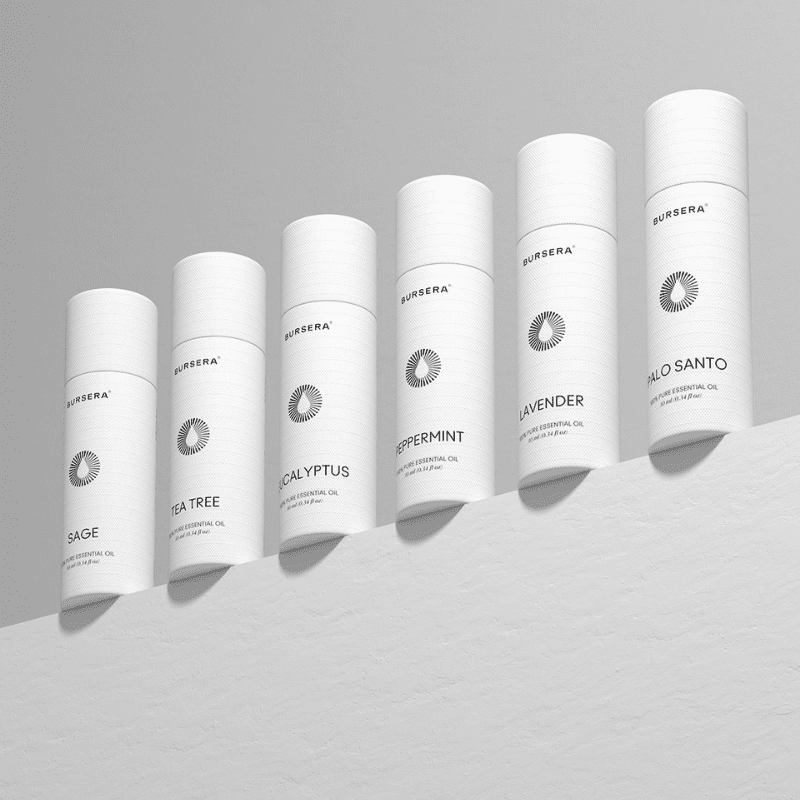
Conclusion
It is important to have a comprehensive understanding of the environmental impact of packaging.
The role of the packaging solution is more important and significant than the role of the packaging material.
By doing so, sustainable packaging materials can be selected based on your application, business needs, consumer demands and the environment.
If you are struggling to weigh the costs and benefits of each form of packaging, the experienced engineers from IwynnerPackaging will be happy to help. Click here to get in touch.



